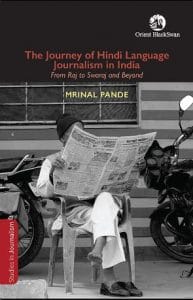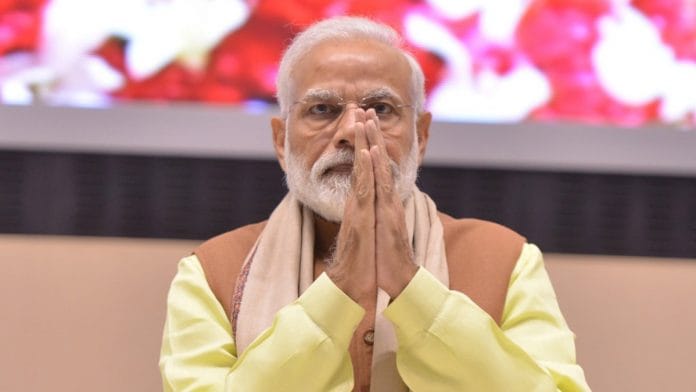Unlike its rivals, the National Democratic Alliance (NDA) government has understood the importance of the Hindi media for winning friends and influencing people in the demographically richest region of twenty-first century India. The Hindi belt was gradually charmed or coerced, through the government’s sympathisers in the Hindi media industry, into supporting Narendra Modi’s candidature for prime ministership in 2014, and again in 2019. However, the new government in 2014 gradually created a whole new template for interaction between the media and the Prime Minister’s Office. It shunned bonhomie and intimate interaction of any sort, the kind that had earlier produced exclusive interviews and stories. Senior members of the cabinet and bureaucrats were explicitly instructed to refrain from maintaining one-on-one contact with the media. Notes and agenda papers, freely available to the much-lionised English media earlier, all but ceased to find their way into their hands. And routine but important media briefings by the prime minister have since become rare affairs.
Prime ministerial communication with the media since 2014 has been more or less one-sided. The preferred mode seems to be a popular social media service like Twitter. According to the information available on the PMO’s website in August 2019, Modi has 49.5 million followers. And his personal accounts and mobile app also show a further 2.2 million followers.
The other communication channel used by the prime minister on a regular basis is the public service broadcaster, All India Radio, which broadcasts a monthly programme, Mann ki Baat, in which the prime minister talks directly to Indians in Hindi about subjects ranging from building toilets, getting their daughters to school and helping women with household chores. He has also begun to speak emphatically on environmental matters and the need to conserve wildlife and the planet.
On Independence Day 2019, the globally renowned Discovery Channel aired a documentary of the prime minister’s rambles through the forest in Jim Corbett National Park with the well-known adventurer Bear Grylls (Man vs. Wild 2019). This show, in which Modi spoke only in Hindi, received wide coverage in the Hindi media, despite the fact that Grylls spoke only English. The prime minister later explained to audiences in one of his speeches how comprehension was facilitated during the trip using a new device for real-time translation from Hindi to English.
Also read: Was Hindi writer Nirmal Verma the Hindutva proponent he was accused of being? New book answers
The 2019 Electoral Campaign
The 2014 elections are an interesting case study for media students. The electoral rallies carefully constructed an image of the BJP leader as a man of humble origins, an indefatigable crusader against corruption and a symbol of Hindu masculinity. In addition to this, 3D images of the leader were used during his addresses to rallies in far-off corners of India, while digital messaging services carried the party’s and his message to all those who could be reached through the internet (BBC News 2014). It helped that smartphones, launched a little earlier, made rural audiences accessible in a way that was inconceivable in the 2010 elections.
All this seems to have gone down very well with media consumers, particularly in the backward and poverty-riddled states in the Hindi heartland. The poll results from the Hindi heartland revealed that people by and large saw Modi as a clean and positive role model and a great promoter of their mother tongue, Hindi. The practices used in 2014 were further honed and perfected by the BJP in the 2019 elections.
In a comprehensive paper published in The India Forum, a journal magazine on contemporary issues, senior journalist Sevanti Ninan (2019) quotes Amit Malviya, head of the BJP’s media cell, telling the Economic Times that the 2019 elections would be fought on mobile phones and that they could be dubbed as India’s ‘WhatsApp elections’. Early in 2019, Hindi news channel NaMo TV was launched on YouTube. It telecast Modi’s speeches and electoral rallies non-stop. It was carried a little later on direct-to-home platform Tata Sky, which merely described it as a free special services channel (The Wire 2019). It disappeared when the electoral process ended and has not been seen since. A similar channel, Tiranga TV, also came into being around the same time. It promoted the Congress party and its leadership and one of the major promoters was a Congress member. It has also been more or less discontinued and is seen occasionally running old programmes in a digital format.
 This excerpt from ‘The Journey of Hindi Language Journalism in India: From Raj to Swaraj and Beyond’ by Mrinal Pande has been published with permission from Orient BlackSwan.
This excerpt from ‘The Journey of Hindi Language Journalism in India: From Raj to Swaraj and Beyond’ by Mrinal Pande has been published with permission from Orient BlackSwan.






